-
 Bitcoin
Bitcoin $115700
0.65% -
 Ethereum
Ethereum $3785
3.93% -
 XRP
XRP $3.033
1.78% -
 Tether USDt
Tether USDt $1.000
0.04% -
 BNB
BNB $770.7
0.50% -
 Solana
Solana $168.4
0.56% -
 USDC
USDC $1.000
0.02% -
 TRON
TRON $0.3403
1.83% -
 Dogecoin
Dogecoin $0.2113
3.84% -
 Cardano
Cardano $0.7539
2.34% -
 Hyperliquid
Hyperliquid $38.84
1.28% -
 Sui
Sui $3.700
6.88% -
 Stellar
Stellar $0.4069
2.56% -
 Chainlink
Chainlink $17.80
6.93% -
 Bitcoin Cash
Bitcoin Cash $573.5
0.73% -
 Hedera
Hedera $0.2478
1.24% -
 Ethena USDe
Ethena USDe $1.001
0.00% -
 Avalanche
Avalanche $22.42
1.58% -
 Litecoin
Litecoin $120.6
2.58% -
 UNUS SED LEO
UNUS SED LEO $8.962
-0.29% -
 Toncoin
Toncoin $3.296
2.09% -
 Shiba Inu
Shiba Inu $0.00001251
1.77% -
 Uniswap
Uniswap $9.982
3.75% -
 Polkadot
Polkadot $3.710
1.55% -
 Dai
Dai $1.000
0.00% -
 Bitget Token
Bitget Token $4.425
1.98% -
 Monero
Monero $265.2
-7.14% -
 Cronos
Cronos $0.1472
2.44% -
 Pepe
Pepe $0.00001073
2.66% -
 Aave
Aave $270.9
4.17%
Gate.io contract arbitrage strategy
Contract arbitrage on Gate.io involves identifying price discrepancies, buying on a lower-priced exchange, transferring to a higher-priced exchange using cross margin, and selling for profit, while considering price fluctuations, transaction delays, and risk management.
Nov 12, 2024 at 12:58 am
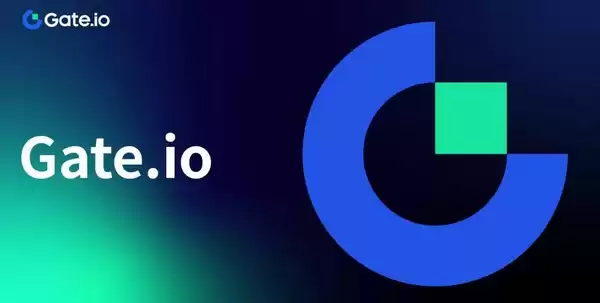
Gate.io Contract Arbitrage Strategy: A Comprehensive Guide
Introduction
Contract arbitrage is a trading strategy that seeks to capitalize on price discrepancies between different cryptocurrency exchanges. By buying on one exchange and selling on another, traders can profit from these price differences and potentially mitigate the risks associated with traditional spot trading.
Gate.io is a reputable cryptocurrency exchange that offers a range of trading features and assets, making it an ideal platform for contract arbitrage strategies. This comprehensive guide will provide a step-by-step process for executing contract arbitrage trades on Gate.io, along with detailed insights into the potential benefits and risks involved.
Step 1: Identifying Arbitrage Opportunities
The first step in contract arbitrage is identifying trading opportunities where there are significant price differences between exchanges. This can be done manually by monitoring prices on multiple exchanges or using automated tools that scan the market for arbitrage possibilities.
To find arbitrage opportunities effectively, consider the following factors:
- Price Spread: Determine the difference in price between the same contract on different exchanges. The greater the price spread, the higher the potential profit.
- Trading Volume: Ensure that the contracts have sufficient liquidity on both exchanges to execute trades quickly and minimize slippage.
- Fees: Account for transaction fees on both exchanges and adjust your strategy accordingly to optimize profitability.
Step 2: Setting Up Gate.io Account and Funding
To trade contracts on Gate.io, you will need to create an account and deposit funds into it.
- Account Registration: Visit the Gate.io website and register for an account. Complete the necessary identity verification steps to enable contract trading.
- Fund Deposit: Transfer cryptocurrency funds into your Gate.io account. Gate.io supports a wide range of cryptocurrencies for deposits and withdrawals.
Step 3: Understanding Gate.io Contract Trading Interface
Gate.io offers a user-friendly contract trading interface that provides traders with all the necessary tools and information.
- Contract Selection: Select the perpetual contract you wish to trade from the dropdown menu in the trading interface.
- Order Book: The order book displays the current bids and asks for the contract, providing insights into market depth and liquidity.
- Trading Options: Choose between limit, market, and conditional orders to execute trades at specific prices or conditions.
- Position Management: View your open positions, adjust leverage, and manage risk through stop-loss and take-profit orders.
Step 4: Executing Arbitrage Trades
Once an arbitrage opportunity is identified, you can execute the following steps:
- Buy on Lower-Priced Exchange: Place a buy order for the contract on the exchange with the lower price.
- Transfer to Higher-Priced Exchange: Transfer the purchased contract to the exchange with the higher price using Gate.io's "Cross Margin Transfer" feature.
- Sell on Higher-Priced Exchange: Place a sell order for the contract on the exchange with the higher price to reap the arbitrage profits.
Step 5: Monitoring Arbitrage Trades
After executing an arbitrage trade, monitor the market closely to adjust positions or close the trade if the price spread narrows or disappears.
- Price Changes: Track the price movements of the contract on both exchanges to identify any changes in the arbitrage opportunity.
- Position Adjustment: If the price spread narrows, you may need to adjust your position or close it to mitigate potential losses.
- Profit Realization: When the price difference is favorable, close the trade and realize your profits.
Step 6: Managing Risks in Contract Arbitrage
Contract arbitrage, like any trading strategy, involves certain risks that need to be managed effectively.
- Price Fluctuations: Cryptocurrency prices are volatile, and unexpected price movements can impact the profitability of arbitrage trades.
- Transaction Delays: Network congestion or exchange-related issues can cause transaction delays, leading to slippage and potential losses.
- Cross Margin Risks: Arbitrage trades involve transferring assets between exchanges on cross margin, which multiplies the risk profile.
- Commissions and Fees: Transaction fees and commissions on both exchanges can reduce arbitrage profits, so factor these into your strategy.
Step 7: Advanced Arbitrage Strategies
As you gain experience in contract arbitrage, consider implementing advanced strategies to enhance your profitability.
- Multiple Exchanges: Monitor multiple exchanges simultaneously to identify the best arbitrage opportunities and reduce dependence on a single market.
- Automated Trading: Utilize automated bots or scripts to streamline the execution of arbitrage trades and respond to market changes swiftly.
- Spread Betting: Spread betting allows you to bet on the price difference between two contracts without taking physical ownership, reducing capital requirements.
- Risk Management: Devise robust risk management strategies, including position sizing, stop-loss orders, and diversification, to protect your capital.
Disclaimer:info@kdj.com
The information provided is not trading advice. kdj.com does not assume any responsibility for any investments made based on the information provided in this article. Cryptocurrencies are highly volatile and it is highly recommended that you invest with caution after thorough research!
If you believe that the content used on this website infringes your copyright, please contact us immediately (info@kdj.com) and we will delete it promptly.
- Bitcoin's Wild Ride: Bollinger Bands, $117K, and What's Next?
- 2025-08-08 00:30:12
- Ripple, Rail, and Stablecoin Payments: A $200M Power Play
- 2025-08-07 22:50:12
- Punisher Coin Presale: The Next $Trump? Aiming for 100x Gains!
- 2025-08-07 22:50:12
- Riding the Crypto Wave: Presale Cryptos, Cold Wallets, and the BTC Bull Run
- 2025-08-07 23:10:12
- Crypto's Wild Ride: Punisher Coin, Popcat, and the Meme Coin Mania
- 2025-08-07 23:10:12
- Bitcoin Price, XRP Prediction, Cryptocurrency: Navigating the Wild West of Digital Assets
- 2025-08-07 23:15:12
Related knowledge
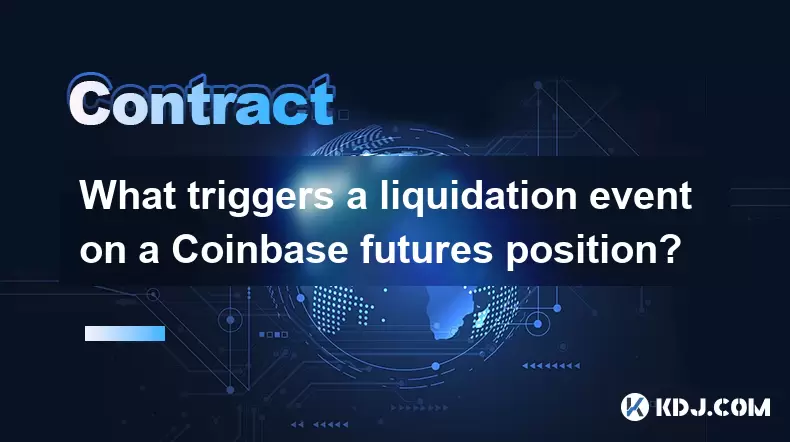
What triggers a liquidation event on a Coinbase futures position?
Aug 08,2025 at 01:15am
Understanding Futures Contracts on CoinbaseFutures contracts on Coinbase allow traders to speculate on the future price of a cryptocurrency, such as B...
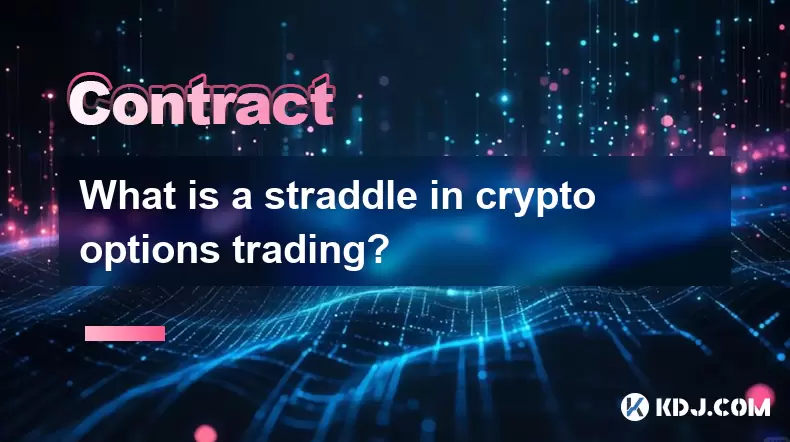
What is a straddle in crypto options trading?
Aug 07,2025 at 11:15pm
Understanding the Basics of a Straddle in Crypto OptionsA straddle is an options trading strategy used when a trader expects significant price movemen...
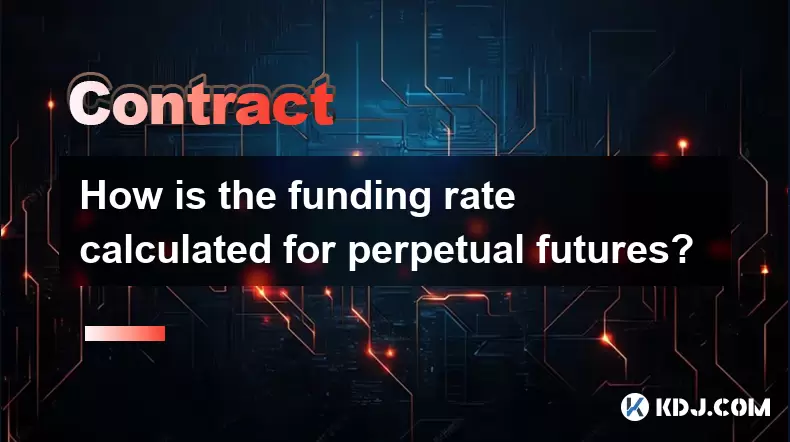
How is the funding rate calculated for perpetual futures?
Aug 07,2025 at 11:36pm
Understanding the Basics of Perpetual FuturesPerpetual futures are a type of derivative contract that does not have an expiration date, allowing trade...
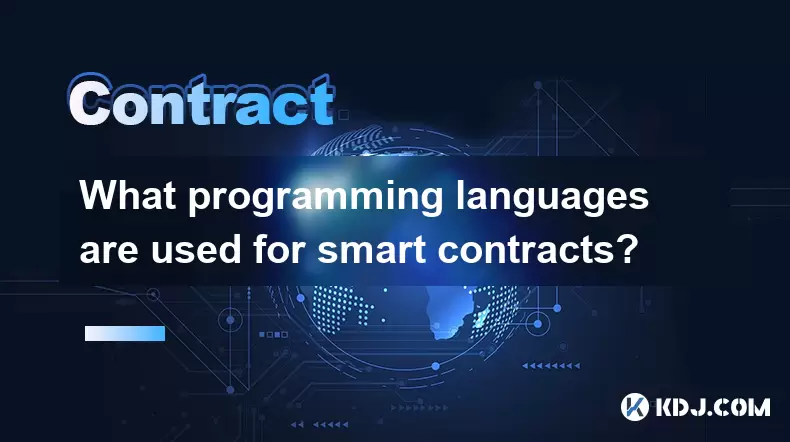
What programming languages are used for smart contracts?
Aug 07,2025 at 06:07pm
Understanding Smart Contracts and Their Execution EnvironmentSmart contracts are self-executing programs deployed on blockchain networks that automati...
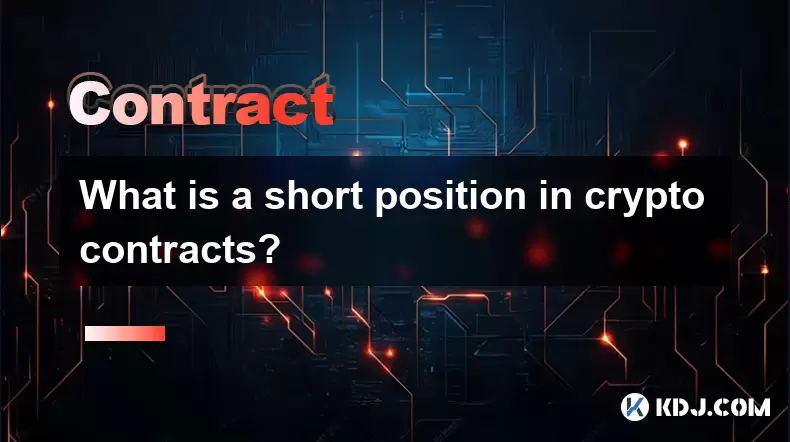
What is a short position in crypto contracts?
Aug 07,2025 at 11:42pm
Understanding the Concept of a Short Position in Crypto ContractsA short position in crypto contracts refers to a trading strategy where a trader prof...
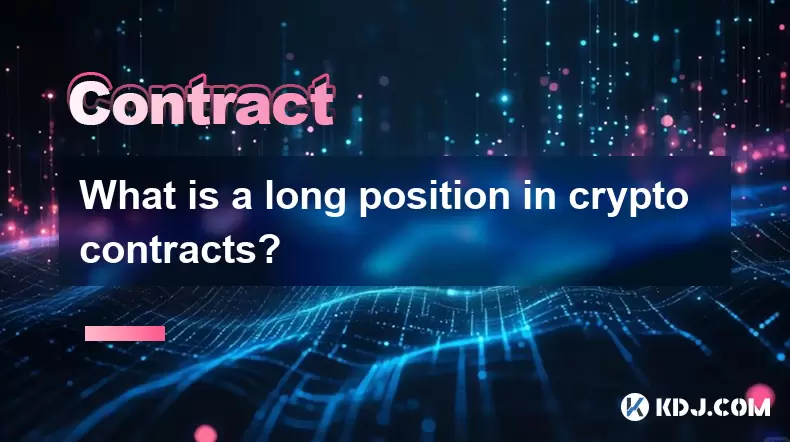
What is a long position in crypto contracts?
Aug 07,2025 at 06:29pm
Understanding the Concept of a Long Position in Crypto ContractsA long position in crypto contracts refers to a trading strategy where a trader buys a...

What triggers a liquidation event on a Coinbase futures position?
Aug 08,2025 at 01:15am
Understanding Futures Contracts on CoinbaseFutures contracts on Coinbase allow traders to speculate on the future price of a cryptocurrency, such as B...

What is a straddle in crypto options trading?
Aug 07,2025 at 11:15pm
Understanding the Basics of a Straddle in Crypto OptionsA straddle is an options trading strategy used when a trader expects significant price movemen...

How is the funding rate calculated for perpetual futures?
Aug 07,2025 at 11:36pm
Understanding the Basics of Perpetual FuturesPerpetual futures are a type of derivative contract that does not have an expiration date, allowing trade...

What programming languages are used for smart contracts?
Aug 07,2025 at 06:07pm
Understanding Smart Contracts and Their Execution EnvironmentSmart contracts are self-executing programs deployed on blockchain networks that automati...

What is a short position in crypto contracts?
Aug 07,2025 at 11:42pm
Understanding the Concept of a Short Position in Crypto ContractsA short position in crypto contracts refers to a trading strategy where a trader prof...

What is a long position in crypto contracts?
Aug 07,2025 at 06:29pm
Understanding the Concept of a Long Position in Crypto ContractsA long position in crypto contracts refers to a trading strategy where a trader buys a...
See all articles

























































































